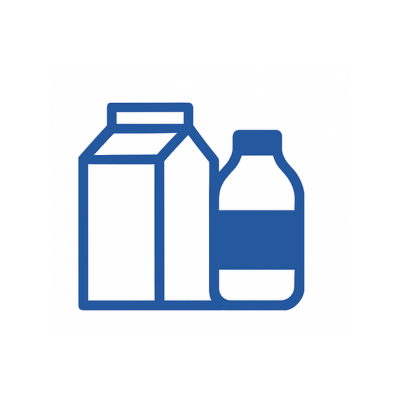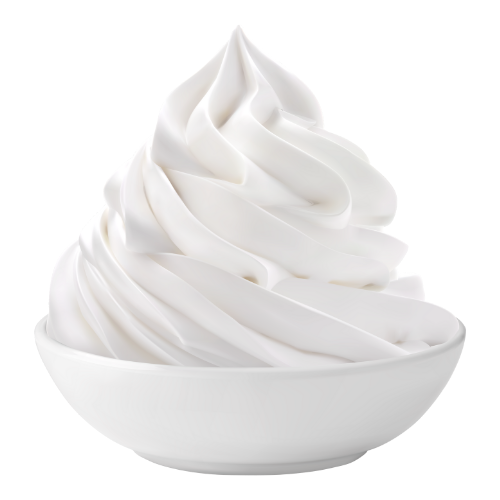

.png)
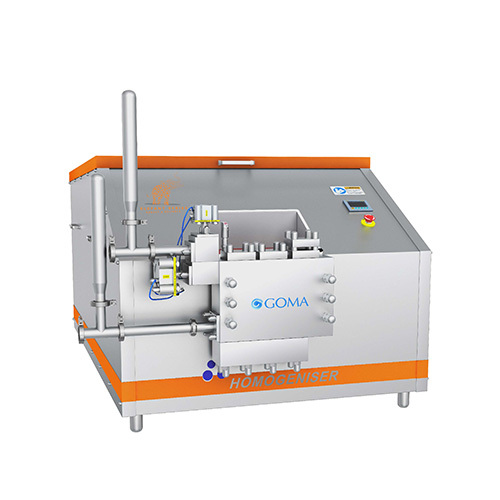
Functionality:
1) Ensures uniform particle size in liquid feed.
2) Operates at high pressure for stable emulsions.
3) Built with food-grade SS construction.
4) CIP-compatible and suitable for continuous duty.
Benefits:
1) Enhances powder consistency and solubility.
2) Prevents separation during drying.
3) Improves overall product shelf life.
Functionality:
1) Thermal treatment to destroy harmful microorganisms.
2) Prevents enzyme activity that shortens shelf life
3) Robust heat exchanger design for uniform heating
4) Automated temperature and flow control system
Benefits:
1) Ensures food safety compliance
2) Stabilizes cream for extended storage
3) Supports hygienic and efficient processing
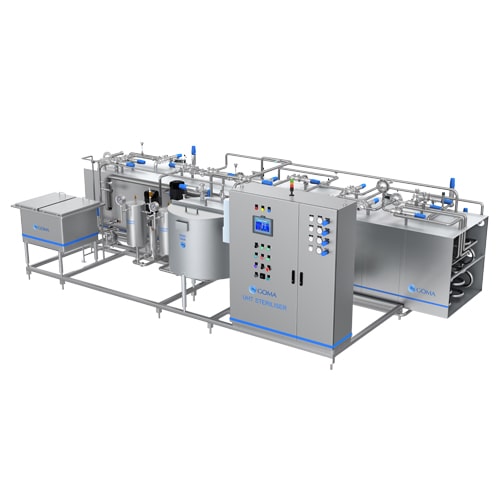

Functionality:
1) Storage of pasteurized cream at 4°C
2) Enables proper fat crystallization and structure setting
3) Double-jacketed stainless steel design with insulation
4) Equipped with agitators and cooling control panel
Benefits:
1) Improves whipping performance
2) Maintains freshness during storage
3) Energy-efficient chilled storage solution
Functionality:
1) Precision filling of whipped cream into cups or containers
2) Sealing unit for contamination-free packaging
3) Stainless steel build with hygienic design
4) PLC-based automation for speed and accuracy
Benefits:
1) High-speed, reliable packaging
2) Maintains hygiene across cold chain supply
3) Reduces labor and improves output efficiency

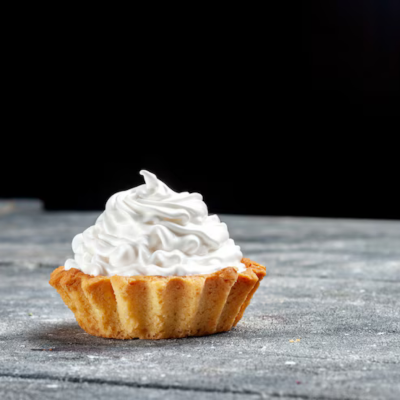
Produced using high-fat dairy cream, this variant offers rich texture and excellent whipping stability—ideal for bakery, desserts, and beverages.
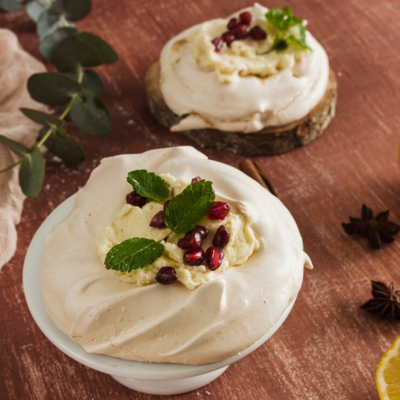
Formulated with vegetable fats and stabilizers, this lactose-free alternative delivers long shelf life and consistent aeration for vegan and allergy-conscious consumers.
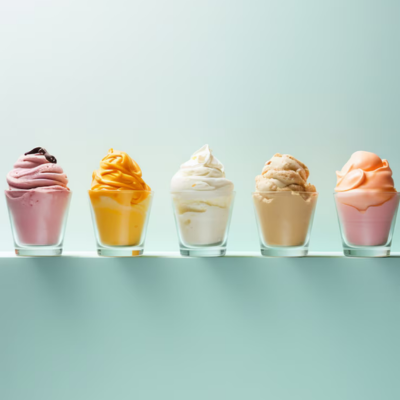
Infused with natural or artificial flavors, these creams enhance taste appeal and are widely used in cakes, mousse, and specialty drinks.
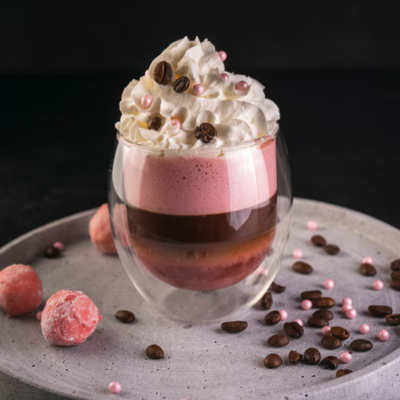
Whipped to a light, fluffy consistency, these toppings are perfect for pies, sundaes, hot chocolate, coffee, and specialty shakes.

pre-whipped and blast-frozen, these products maintain their shape and texture upon thawing—ideal for frozen dessert lines and extended storage.

